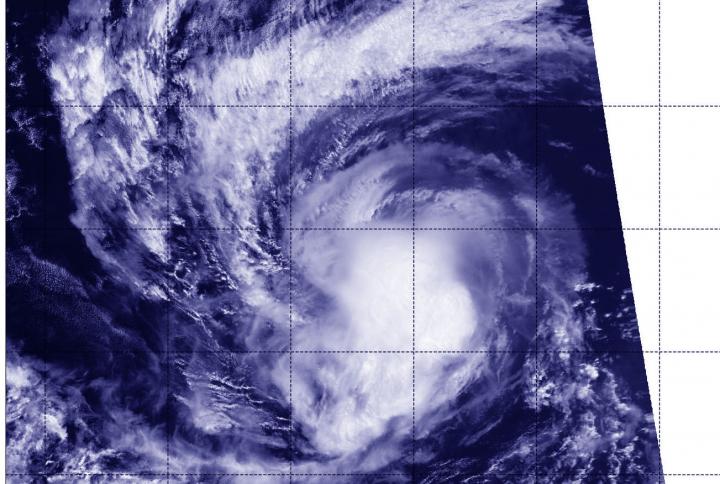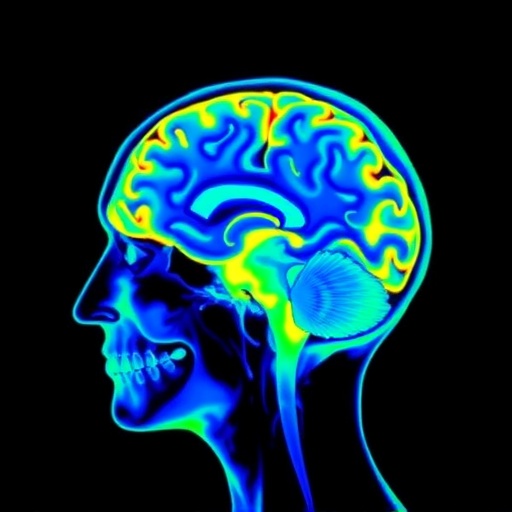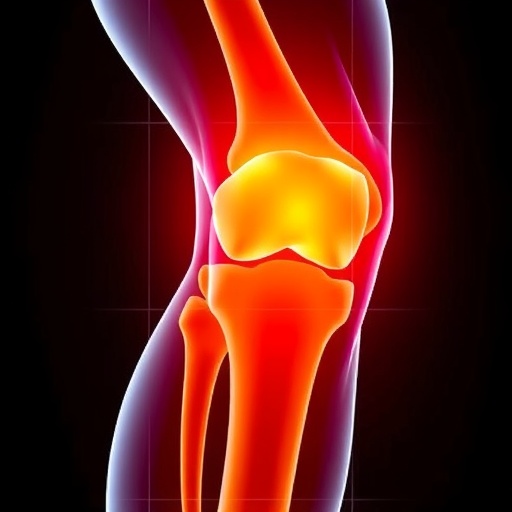
Credit: Credit: NASA/NOAA/NRL
Hurricane Kiko continued to track west through the Eastern Pacific Ocean when NASA-NOAA’s Suomi NPP satellite passed overhead and provided a view of the storm. Satellite imagery revealed an elongated shape, which indicated wind shear was still affecting Kiko.
The Visible Infrared Imaging Radiometer Suite (VIIRS) instrument aboard Suomi NPP provided an infrared image of the storm on Sept. 16 at 6:12 p.m. EDT (2212 UTC). The VIIRS image and microwave satellite imagery indicates that the northeasterly wind shear that was still affecting Kiko.
In general, wind shear is a measure of how the speed and direction of winds change with altitude. Tropical cyclones are like rotating cylinders of winds. Each level needs to be stacked on top each other vertically in order for the storm to maintain strength or intensify. Wind shear occurs when winds at different levels of the atmosphere push against the rotating cylinder of winds, weakening the rotation by pushing it apart at different levels.
The National Hurricane Center noted that satellite imagery shows an irregular shaped central dense overcast with the anvil clouds being forced to the southwest of center. Anvil clouds form in the upper parts of thunderstorms and the anvils are mostly composed of ice (because they are so high in the atmosphere). They get their anvil shape because rising air in thunderstorms expands and spreads out as the air flattens against the bottom of the stratosphere.
At 5 a.m. EDT (0900 UTC) on Sept. 17, the center of Hurricane Kiko was located near latitude 17.2 degrees north and longitude 124.7 degrees west. That is about 1,035 miles (1,670 km) west-southwest of the southern tip of Baja California, Mexico. Kiko is moving toward the west near 5 mph (7 km/h). A turn to the west-southwest is expected today, followed by a turn to the west to west-northwest by Wednesday.
Maximum sustained winds are near 80 mph (130 kph) with higher gusts. Hurricane-force winds extend outward up to 15 miles (30 km) from the center and tropical-storm-force winds extend outward up to 60 miles (95 km). The estimated minimum central pressure is 985 millibars.
The National Hurricane Center said, “Additional weakening is expected through this evening and Kiko is forecast to become a tropical storm later today. Some slight re-strengthening is possible Wednesday and Thursday.”
For updated forecasts. visit: http://www.
###
Media Contact
Rob Gutro
[email protected]
Original Source
https:/




